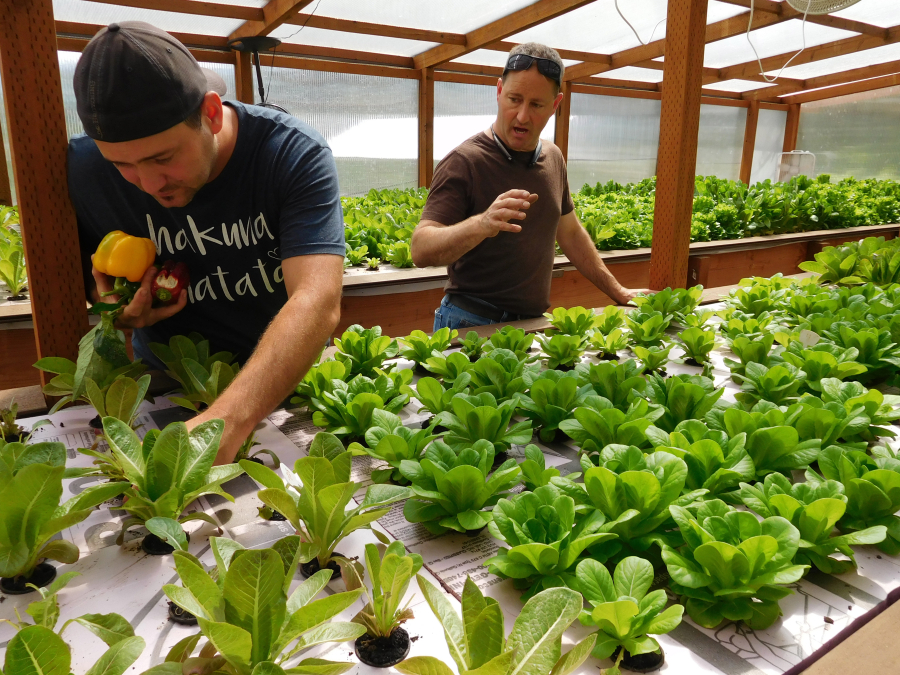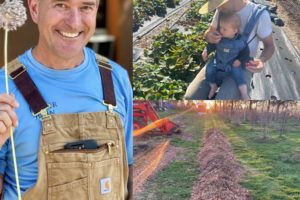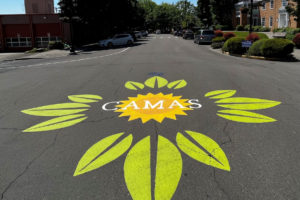A Washougal-area farm in the Columbia River Gorge has taken the soil out of the process and added in fish.
Wind River Produce owner Carl Hopple calls it “the pure food revolution,” but it’s more commonly known as aquaponics, a combination of aquaculture, or farming fish, and hydroponics, which grows plants in water instead of soil.
Aquaponics takes the best of both worlds, growing fish and plants in a system in which fish waste can nourish the plants and the plants can filter the water, keeping the fish healthy.
Here’s how it works: The fish produce waste, which contains ammonia. Microorganisms convert the ammonia to nitrites, and then to nitrates for the plants. The plants absorb the nitrates and return aerated water to the fish.
The farming method is more sustainable than traditional practices, using 10 percent of the water required in conventional agriculture and operating without a need for chemicals or pesticides.



